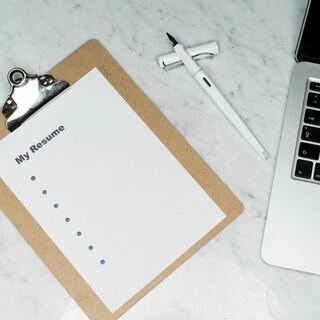How to write an Artists Resume CV or Statement
I get asked a lot about what the difference is between a resume, a bio and an artist’s statement. A resume is pretty much like a job resume where you have contact details, your history as in exhibitions, education etc and a bit about you and your influences. A Bio is a condensed version of all the above while an artists statement is just the bit about you as in where you are from, your influences and what your art is e.g. sculptures of, paintings of etc etc. Today we will look at Resumes as the statement and bios are really just parts of that.
When writing your Resume you need to keep in mind several key facts-
- Keep it simple and to the point- try to not go on too much about things, most people don’t want to read an epic novel on why you like the colour purple and how you won a kids colouring-in competition at McDonalds when you were three years old. Most people want to know your education as where you learnt your skill or if not that you are self taught for example; they usually like to know where you reside as in Auckland, New Zealand not flat 3/79 Lucky St, Remuera, Auckland, New Zealand, I doubt they would wish to visit you personally and unless you want to open yourself up to unwanted ‘visitors’ its not a good idea to add that anyway! Exhibitions and awards are always interesting but the fact you have ten kids and are a divorced solo parent are not….try to think about what would you want to know about someone who is designing a new garden for you for example.
- Think of your job resume and follow a simple structure like that, contact details, education, exhibitions, collections your work is in and awards etc.
- Try writing it in third person as in he/she rather than I or me as it’s much easier to blow your horn if you are not the one saying it so to speak! Some people say that you shouldn’t write it in third person but I disagree.
- Type it up so it looks professional or get someone to do it for you if you don’t have access to a computer. Scraps of paper with chicken scratch writing on it will never be taken seriously.
- Use an easy to read font, flowery dramatic ones like Brush Script , Curlz or Old English Text are hard to read and most people give up trying to understand past the first sentence.
- Try to not use too many arty words either, although most people reading your bio may be arty people they’re all not necessarily so; get someone who isn’t an artist to proof read it for you, they will quickly let you know if its hard to understand.
- Ask other artist friends if you can read their bios for some ideas on what’s required. Try not to do a word for word ‘insert name’ here sort of thing though.
Finally remember to always keep it up to date as you make new achievements or change your address etc.
